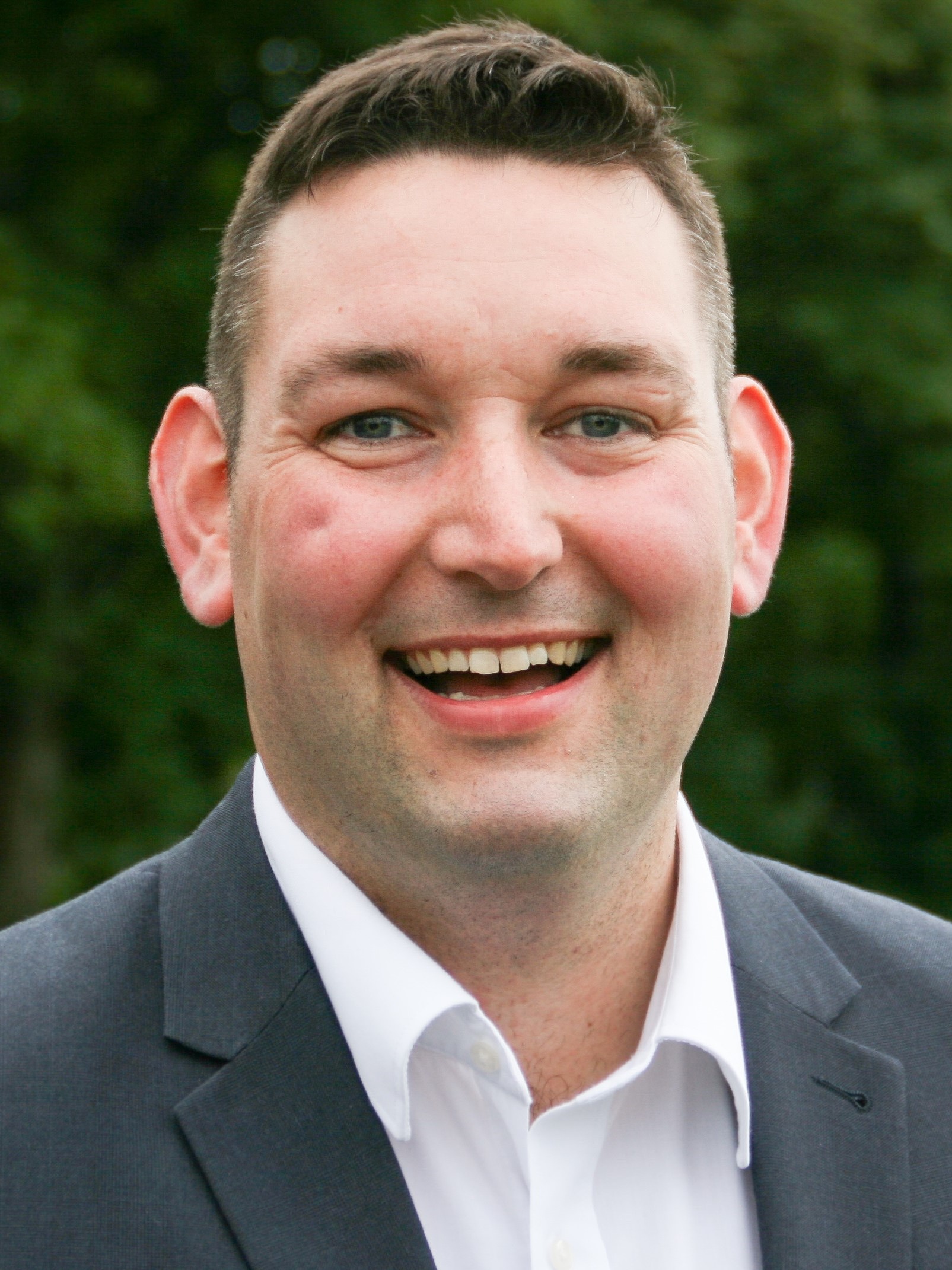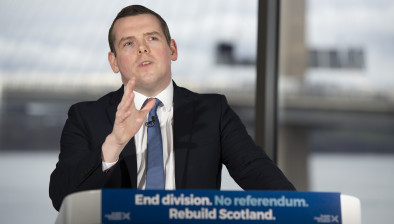More than 24,000 disabled Scots social housing waiting lists

Shadow housing secretary Miles Briggs
The number of people with disabilities on social housing waiting lists in Scotland has increased by around 150% over the last five years to reach more than 24,000, according to new statistics.
Figures obtained by the Scottish Conservatives show that there are currently at least 24,209 disabled people on housing waiting lists, up from 9,714 in 2017.
Only 23 of Scotland’s 32 councils responded to the freedom of information requests, meaning the true extent of the problem could yet be higher. The 2017 total was based on 26 of the 32 councils responding.
The Conservatives also found out that one person with a disability in Edinburgh has been on the social housing waiting list for 59 years.
Shadow housing secretary Miles Briggs said the statistics show how the most vulnerable are suffering.
“This comes at a time when tens of thousands of unoccupied properties are lying empty, often derelict, across the county, neglected by Nicola Sturgeon’s government,” he added.
“It is appalling that almost 67,000 viable properties – 55,000-plus of them domestic properties – are being wasted in this way.
“To leave disabled people languishing on waiting lists for years – and in some cases decades – is disgraceful, especially when there are so many buildings lying empty.
“The Scottish Conservatives have proposed relaxing planning laws to enable the redevelopment of unoccupied buildings. It’s high time the SNP followed suit, especially as their record on new housebuilding is so poor.
“These figures also underline the need for my colleague Jeremy Balfour’s Disability Commissioner Members Bill. It would establish an independent commissioner with the job of championing the cause of disabled Scots and shining a light on injustices such as this.”
A Scottish Government spokesman said: “We want disabled people in Scotland to have choice, dignity and freedom to access suitable homes, built or adapted so they can participate as full and equal citizens.
“Wherever possible all new affordable homes are designed to meet people’s needs as they change over time, including people with disabilities.
“We have issued guidance for local authorities to deliver more wheelchair-accessible housing, and councils will soon have to report annually on targets for delivering accessible homes.
“Disabled applicants are given priority access to our low cost initiative for first time buyers schemes, including open market shared equity [OMSE], which help people on low to moderate incomes buy a home.”








